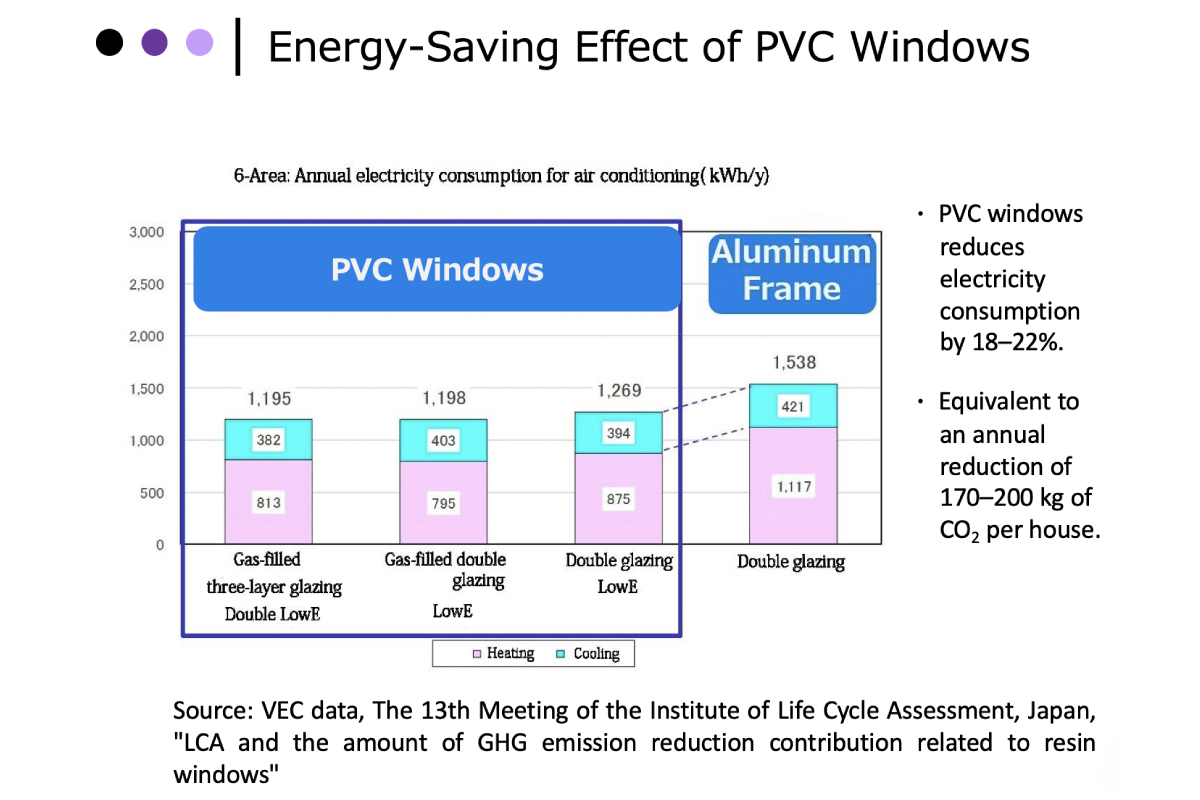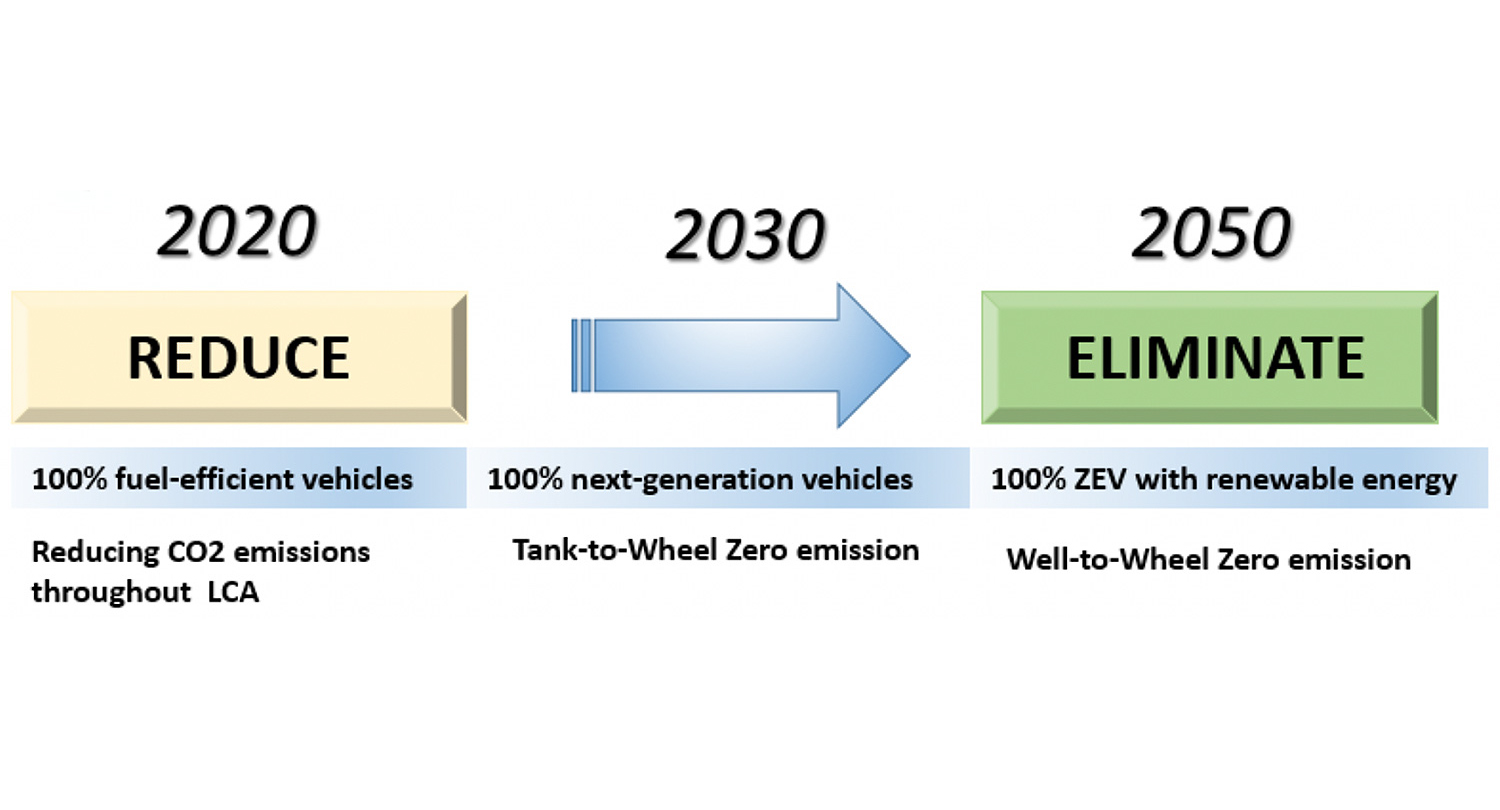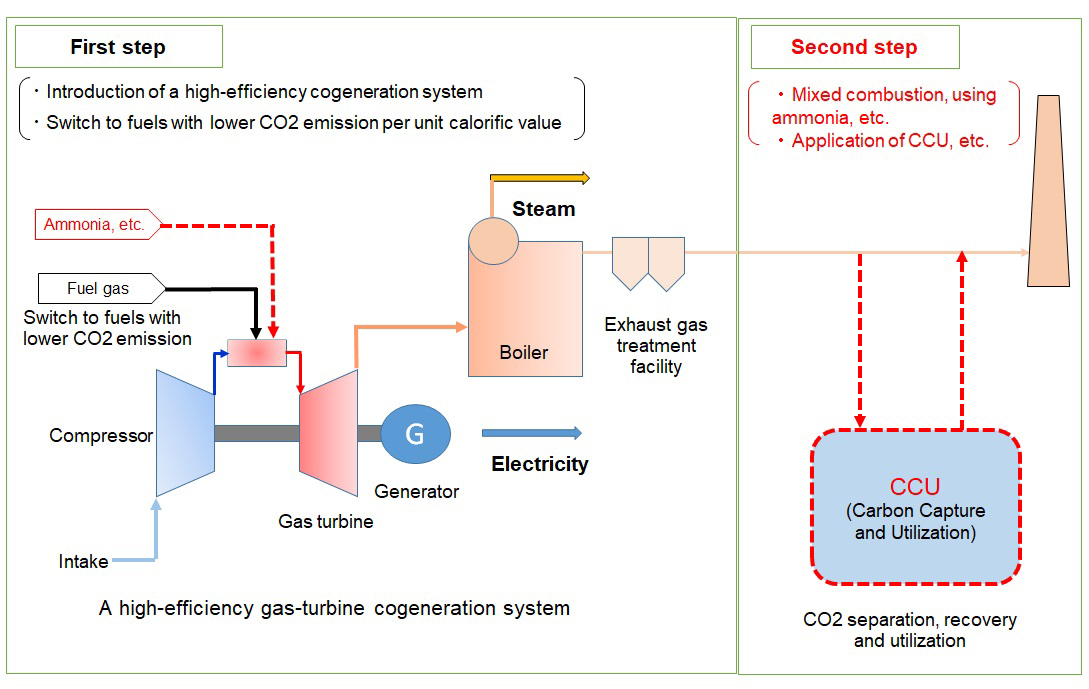Reduction of CO2 gas by highly efficient gas cogeneration
Shin-Etsu Chemical Co., Ltd.
Outline
Our Naoetsu Plant manufactures products using hydrogen, chlorine, and caustic sodas generated by electrolysis of salt water as raw materials as well as synthetic quarts and photoresists, while our Gunma Complex manufactures mainly silicones. Both production bases have introduced cogeneration, a thermoelectricity feeding system, using natural gas with low carbon dioxide emission as energy sources. The cogeneration is an efficient system that can generate and supply both electric power and heat from fuel energy, the electricity generation of which accounts for approximately 15% of the total power consumption at the Naoetsu Plant and approximately 60% at the Gunma Complex. Furthermore, the use of heat generated concurrently with the generation of electricity within a complex contributes to the reduction of carbon dioxide. The Company will strive to improve energy supply efficiency with the aim of decreasing carbon dioxide emissions.
Description
Outline of cogeneration equipment
Gas turbine power generation equipment Power generation efficiency 33%, Overall efficiency 85% 1 piece (Naoetsu Plant)
Gas turbine power generation equipment Power generation efficiency 33%, Overall efficiency 85% 2 pieces (Gunma Complex)
Boiler turbine power generation equipment Power generation efficiency 10%, Overall efficiency 88% 3 pieces (Gunma Complex)
Contribution to Sustainable Development Goals (SDGs) through cogeneration
(1) Carbon dioxide reduction in energy Cogeneration/Energy cascading
(2) Contribution to power systems Reduction of power peaks/reduction of investment in system equipment
(3) Improvement in resilience Business Continuity Plan (BCP) supported by functions to cope with power outages
Energy cascading in gas turbine power generation equipment
Generate electricity by supplying natural gas for fuel to gas turbine power generation equipment (first use). In the next place, generate electricity with steam turbines by using high-temperature and high-pressure steam generated by gas discharged from gas turbines (second use). At the same time, use heating sources of production equipment and produce cold water (7 degrees Celsius) by supplying the steam to boiling steam absorption refrigerators (third use).
Effect of cogeneration equipment
An annual reduction of carbon dioxide of 80,000 tons in total across Naoetsu Plant and Gunma Complex has been achieved compared to a system using both electric power purchase from electric companies and boilers for steam generation.
Use of both electric power purchasing and boilers 518,000 ton-CO2/year
Cogeneration system 438,000 ton-CO2/year
For further low carbon
The Company will aim to reduce carbon dioxide by approximately 30,000 tons per year by making the following investments.
[Naoetsu Plant] Add 1 piece of gas turbine power generation equipment and 1 piece of steam turbine power generation equipment, which are scheduled to commence operation in January 2021.
[Gunma Complex] Prepare a plan to change a boiler turbine generator to a gas turbine generator.
Future issues and challenges
〇Further expansion of cogeneration system
・ Investigation of complete in-house production of all power and steam used in Gunma Complex (including multiple plants)
Partner(s)
Cogeneration device manufacture
Other Innovation Challenges
Energy saving and reduction of CO2 emissions by PVC windows
Shin-Etsu Chemical Co., Ltd.
Similar Innovation Challenges
Achieve 2050 decarbonization target with Net Zero Energy House!
Sekisui House, Ltd.
Achieving net-zero emissions by promoting renewable energy use through both our monozukuri and products.
DAIWA HOUSE INDUSTRY CO., LTD.









